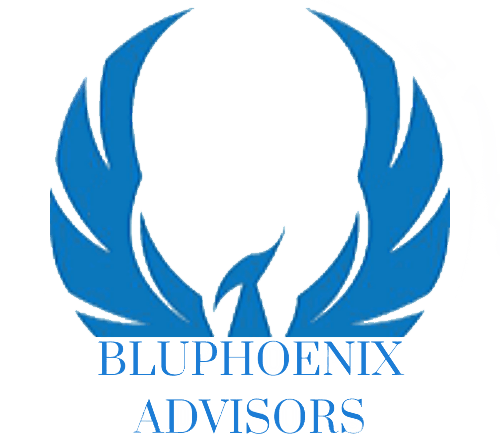3 Resources for Getting Started in Hotel Investing
The early stages of hotel investing are uncertain, challenging, and exciting. Getting started in hotel investing is difficult regardless of your experience in real estate investing or hotel operations. There are so many considerations from building your team to creating efficient systems and workflows. You’ll be drinking from a fire hose for the first few months of this endeavor. The resources below should help direct that water and make it easier to swallow.
Industry Press
Experience in hotel operations has tremendous benefits when it comes to investing in hotels. This gives you perspective on the daily grind and demands placed on a hotel and its employees. However, this experience is not a critical prerequisite for becoming an astute hotel investor. Great real estate investment platforms can adapt to any asset type with the right education and retooling. The best way to learn enough to know what you don’t know is to immerse yourself in the trade press. These resources give you an idea of what people are talking about now, and many of their websites have resources to help you discover emerging trends.
Similarly, broader real estate industry press covers topics related to all asset types. This provides value for investors shifting from operations to the investment side of the business as well as experienced real estate investors. Visit the websites below and subscribe to their daily newsletters. You’ll start to get a feeling for the publications that deliver in the areas that you need the most help.
Hotel Industry Press
General Real Estate Industry Press
Broker Relationships
Real estate investing depends heavily on your industry relationships. There are three primary sources for deals – brokers, owners, and influential third parties. Brokers are, by far, the easiest and most approachable relationships to build early in your deal search. Hotel brokers cover a wider terrain than their Big Four CRE counterparts. The transaction volume in a single submarket is not enough to build a sustainable business. Therefore, they usually have a statewide or regional focus.
In addition to geography, you should get to know those brokers that specialize in the product type and investment size that you’re targeting. Think of this in terms of chain scale – economy, midscale, upper midscale, upscale, upper upscale, and luxury. Private investors usually play lower on the chain scales, while institutions focus on upper midscale and higher properties. The big brokerages listed below are a good starting point. However, many great deals are available through local and independent brokers. Stay in touch with these contacts on a regular basis by offering information that builds your profile as a qualified buyer.
Diversified Brokerages
Hotel-only Brokerages
- Atlas Hospitality Group
- Hodges Ward Elliott
- Hotel Broker One
- Hotel Brokers International
- HREC
- Hunter Hotel Advisors
- Mumford Company
- Paramount Lodging Advisors
- The Plasencia Group
Financial Model
No real estate investment toolbox would be complete without a high-quality financial model. Every investor has a different approach to underwriting, which involves market research, supply and demand analysis, and financial projections. Many institutional investors use ARGUS software to model their Big Four CRE projects, but there are few similar options for hotels. Therefore, most hotel investors build their model from scratch or adapt an existing tool in Excel. A good hotel financial model embodies four concepts – capitalization, operations, cash flows, and presentation.
Capitalization and Operations
Capitalization represents all the factors that go into purchase, renovation, and financing. This aspect of the model uses the building blocks of your balance sheet to define the asset value, liabilities, and equity. At its most basic level, this tells you how much money you need to bring to the closing table. The operations part of your model sets up the pro forma financial projections for annual hotel performance. Experience and data lie at the core of this piece, and a workflow that includes transparent benchmarking is a hallmark of a great financial model. Separate capitalization and operations into two independent workflows. Each is responsible for a different aspect of your investment. You only get trouble when using one to justify the other.
Cash Flows and Presentation
The cash flow model combines equity and debt cash flows with net operating income. A system of equations at the core of your financial model produces the investment return figures. It’s almost like a black box that takes in thousands of data points and produces a single number.




